How To Make Your Podcast Sound Better
To make it in this competitive world of podcasting, your podcast doesn’t just need to sound good. It needs to sound GREAT.
There are tons of different factors that affect audio quality. Think about your script, your studio, your equipment, those pesky background noises – and that’s just to name a few.
Podcasts with great sound quality retain more listeners than those with poor audio quality. DUH! We don’t need to tell you that!
What we do need to tell you, though, is how easy it is to make your podcast sound better with today’s advances in technology. And not only is it easier, but with the popularity of podcasting growing more and more each day, it’s also CHEAPER. A big win for all podcasters alike.
With a few little easy and cost-effective tweaks, you can drastically improve your sound quality. So, with that in mind, let’s go over some practical strategies (as well as some audio engineering best practices) that can help you create podcast episodes with professional quality audio.
How To Make Your Podcast Sound Better
Focus on improving your raw recording quality.
Improving the audio quality of your podcast starts with your own voice. A voice that’s difficult to understand due to poor annunciation or fast speech won’t entice listeners to binge episode after episode!
Taking time to practice your speed, cadence, and annunciation can naturally make your voice sound more pleasing with no added equipment. In fact, adding fancy equipment won’t change this part of your podcast quality, so definitely take time to practice your speech!
Additionally, you want to control plosives (and other distracting voice sounds). Plosives are hard consonant sounds that shoot a blast of air from your mouth, causing harsh noises in the headphones of listeners everywhere. You can manage these using a good microphone or a pop filter.
Invest in your podcast studio.
Your environment factors heavily into the way your podcast sounds. A tile bathroom might make your voice sound hollow. A large room might cause your voice to echo around the space. And, a room with an exterior wall might let in unwanted domestic noise. You can see why these would be bad ideas for recording your podcast! Instead, dedicate a space to record and design it for that purpose.
Find a small, quiet room, and invest in your recording environment. An investment in your recording studio is an investment in noise reduction. First up, make sure the room is full of stuff. Empty rooms pick up sounds and create reverb. Plus, a room full of familiar things will make you feel more comfortable, improving the quality of your voice while recording.
Next, sound proof using foam panels, blankets, or egg cartons depending on your budget. These soft materials will absorb sound and prevent echoes. Finally, set up your equipment and test it out. Find what sounds best and feels best where. Trust your ear! Once it’s where it sonically performs best, leave it. Now, you have a permanent podcast studio where your sound quality will be exceptional and consistent.
Choose quality equipment.
Great equipment will give you great results. Pick a high quality condenser microphone (as opposed to a USB mic or XLR mic) that has high sensitivity to pick up your voice naturally and more accurately translate what your voice really sounds like. This mic should be on a shock mount as well, so no noise from the floor or vibrations from equipment will interrupt the sound quality.
Additionally, grab that pop filter and a windscreen while you’re at it. This will diminish any popping or whooshing noise from the speaker or the environment. All these tools will help you create a polished sound that feels truly studio-quality. More on equipment, here.
Learn how to use your equipment.
This one might sound super intuitive. But, you would be surprised to know just how many podcasters don’t know how to use their equipment. In order to take full advantage of your equipment, and to be able to utilize ALL helpful features and special effects, READ THE USER MANUALS! This small time investment will pay off big time later – just trust us!
Experiment with a variety of microphone techniques.
If you’re unhappy with the way your audio is coming out, experimenting with different mic techniques is a great idea. Not everyone needs to kiss the mic like a metal band screamer or hold it the mic a foot from you, like Bob Barker. Try all sorts of positions until you find one that works.
That being said, you need to keep a consistent distance from your mic. And, you should avoid putting your hands on the mic. You can also try standing up or angling your mic for a better sound.
Record a high-resolution audio file.
Compressed files like MP3 and AAC will diminish your audio quality. Even if your delivery was great and your equipment is top-notch, a low-quality file will still make your content sound unprofessional. Recording on a high-resolution audio file will give your voice more depth and power. It’s definitely worth it!
Utilize separate audio tracks for co-hosts/remote guests.
You and your guest or co-host should already be using different mics for reasons we’ve already stated above. But, did you know you should also be using different audio tracks? Yes! This will save a ton of time editing and allow you make more specific adjustments to each person’s recording. Always record separately!
Use a professional DAW for post-production editing.
DAW stands for digital audio workstation, and it’s used for recording, editing, and producing your audio files. A professional DAW will give you full editing capabilities to make your voices sound crisp and clear. Plus, if you have multi-media use in your podcasts, a professional DAW is vital for quality consistency across multiple types of recordings. Here are some great digital audio workstations for podcasts:
Trust your ears.
When you hear yourself via your headphones, you will immediately be able to judge your sound quality. This is why it’s important to take the time to listen back and reflect on your previous episodes. Trust yourself! If something is off (like your tempo, excessive plosives, etc.) take measures to improve your sound quality the next time. It’s also a good idea to listen to your competition, to see where you can make improvements in audio quality.
If your podcast doesn’t sound the way you want, try one of these methods to boost your audio quality!
With podcasts, sound is everything. Taking time and money to invest in your podcast’s audio will definitely pay off! Grab some new equipment, change your set-up, and practice your vocal delivery to take your podcast to the next level. For more tips on how to increase viewership and enhance the quality of your podcast, check out our blog. Twice a week, we deliver expert advice on podcast production and development. If you run a podcast or are thinking about it, we’re a must-have resource!





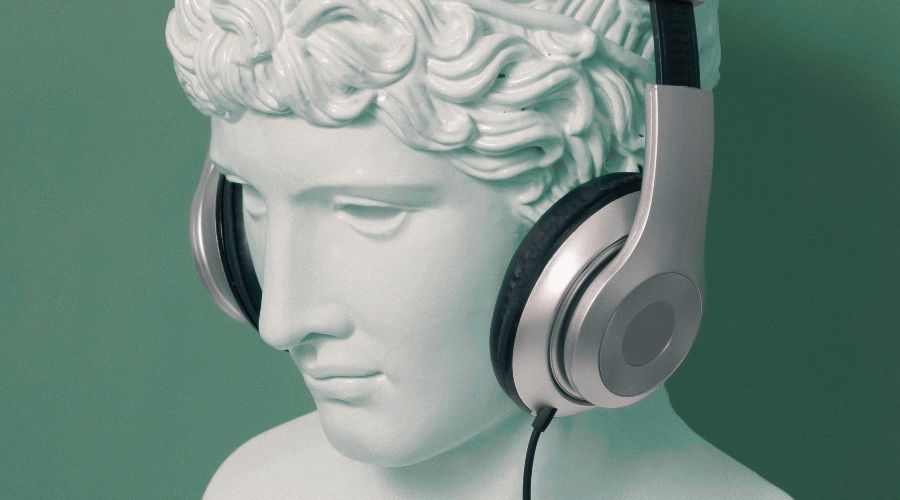
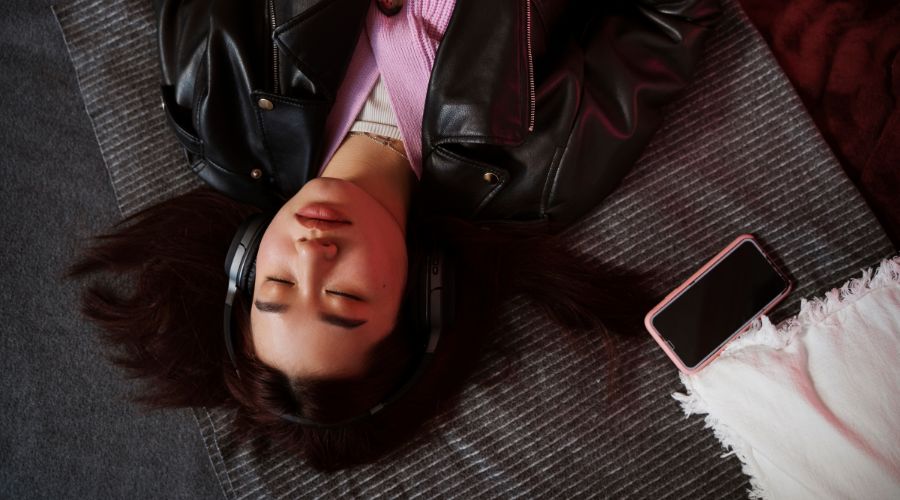


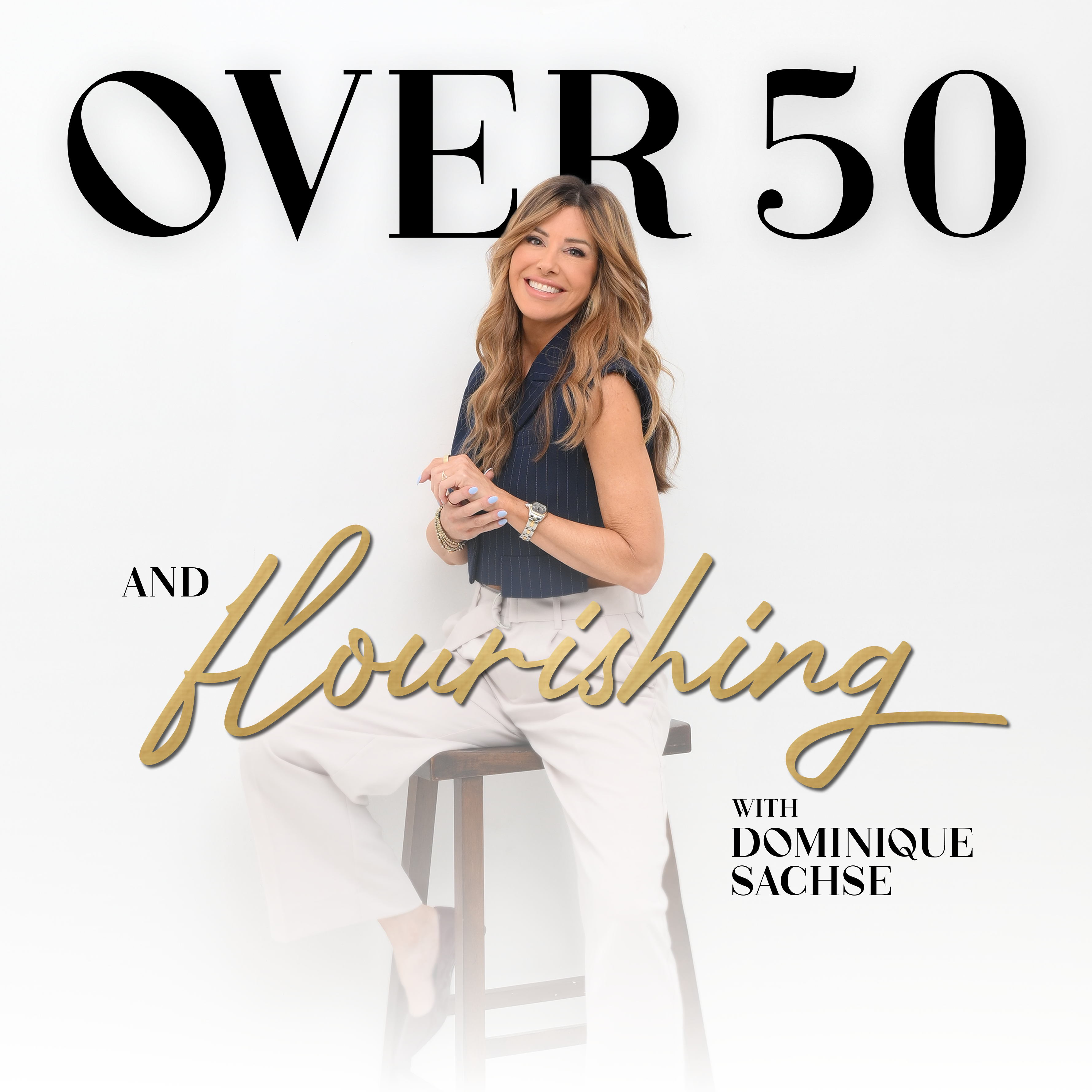
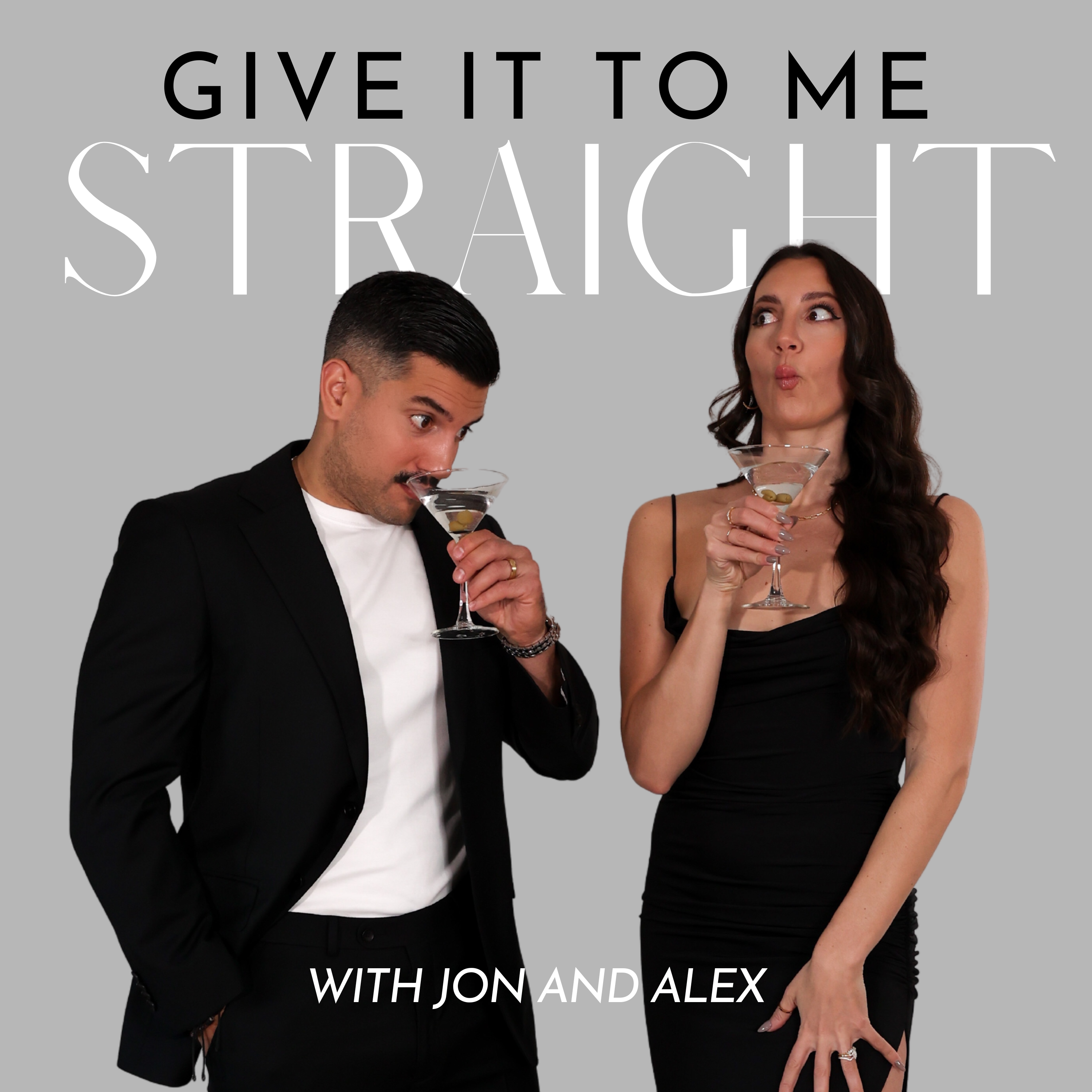






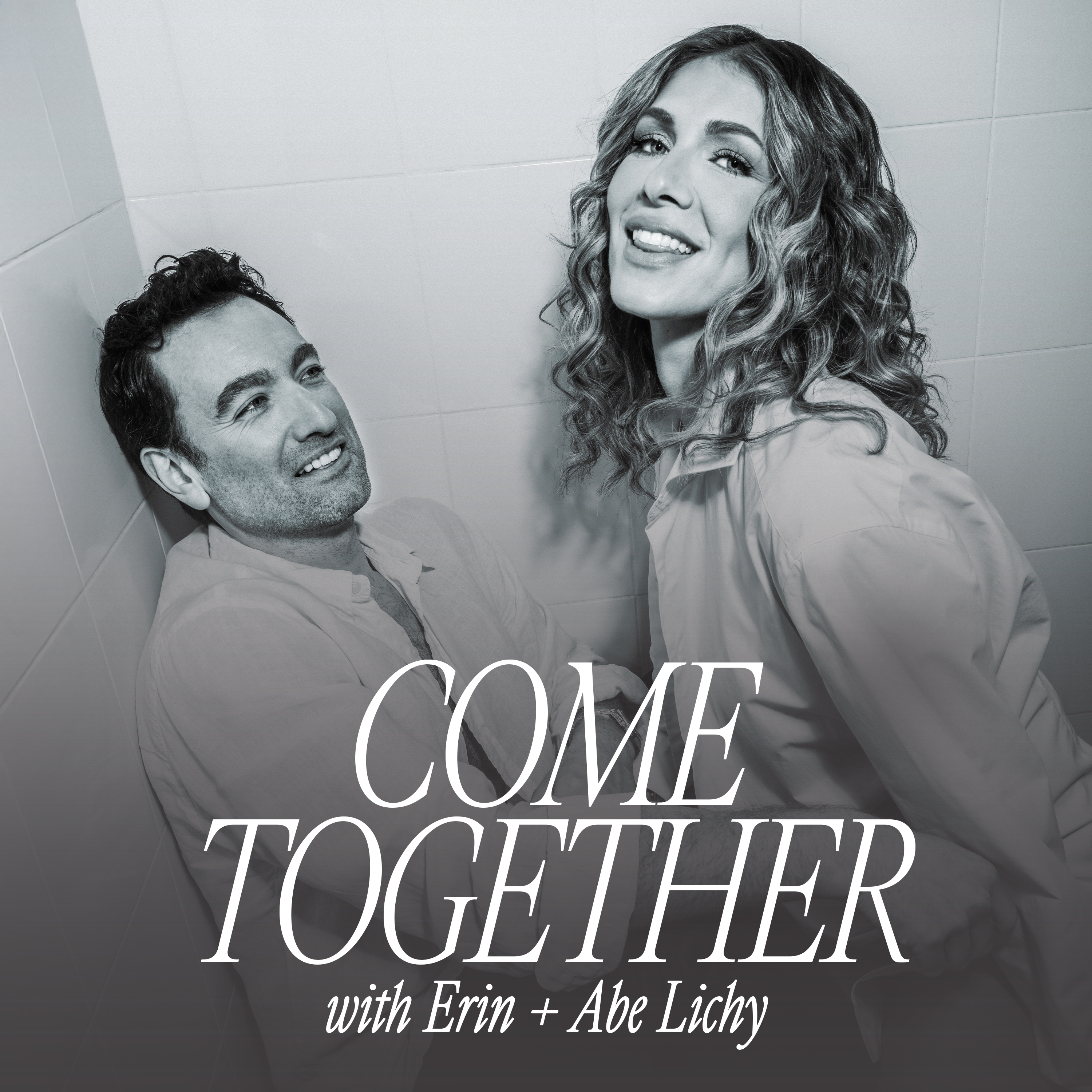


Leave a Reply